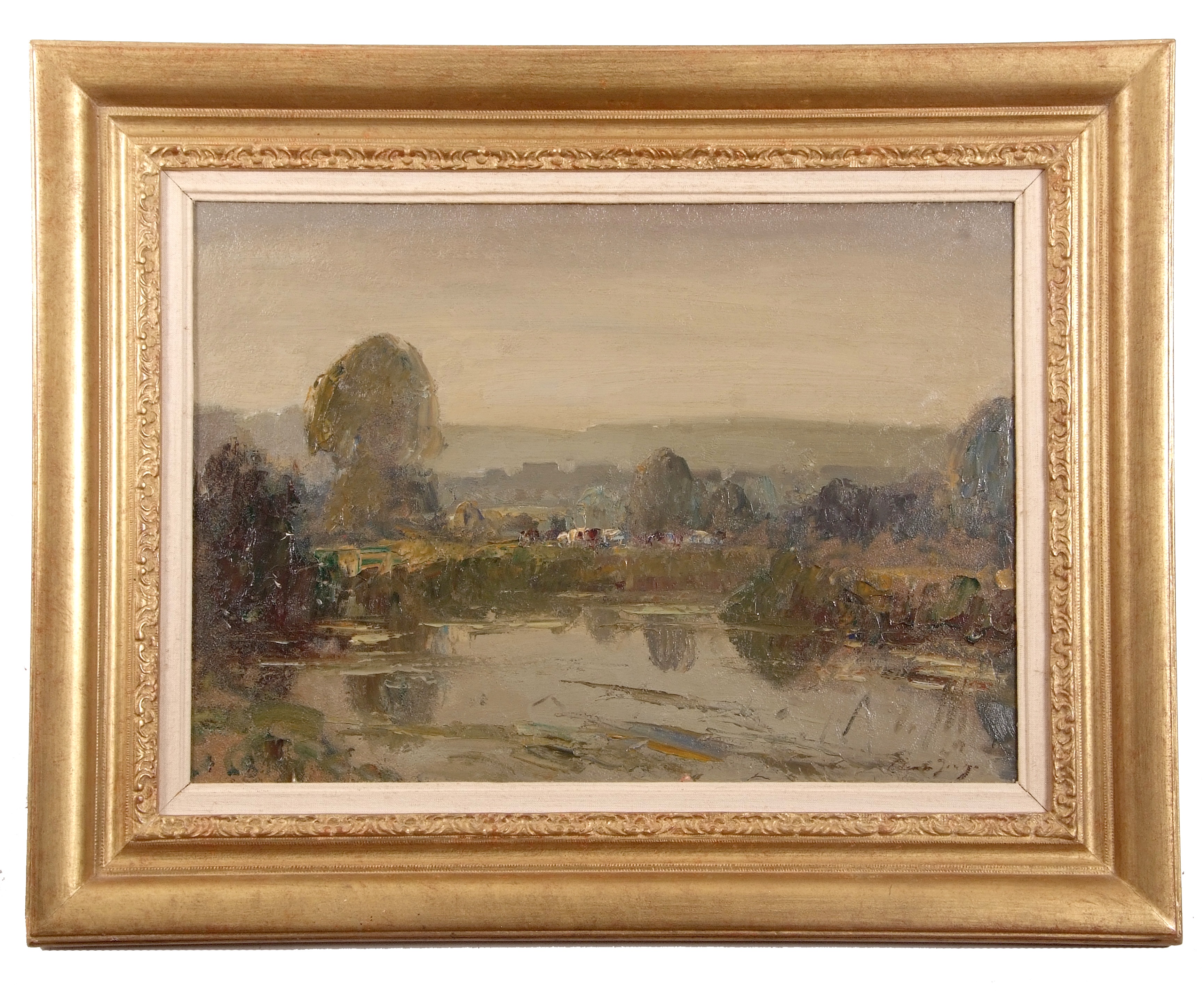

02/09/2023 General News
From the very beginning of British Art, East Anglia has been an important centre, a place which has attracted some of the best practitioners to its pure, radiant light, its varied and unspoilt countryside, and its huge, dramatic skies.
That reputation as a welcoming hub for artists has in turn attracted still more to our region, with its luminaries including as many who were born elsewhere but chose East Anglia as the place where they lived and worked, as those who originated from these parts.
East Anglian Art is renowned throughout the world, and in the saleroom that translates to strong demand and healthy prices for works by our region’s foremost painters – both from the past and those still working today.
It is important not to forget that East Anglian Art is very much a contemporary phenomenon, with works by artists such as Colin Burns, Ian Houston, Jack Cox and Maggie Hambling among the most sought-after by buyers at auction.
But today I want to focus on the ‘big names’ of the past. The obvious place to start is the ‘Norwich School’ of Painters, Britain’s first provincial art movement, founded in 1803 by John Crome and Robert Ladbroke. Its first exhibition took place two years later, and annual shows continued until 1833.
It is curious that the Norwich School is not better known outside the county. After all, these artists, along with painters such as John Sell Cotman, Joseph Stannard and his niece Eloise Harriet Stannard, and Henry Bright, were working at the same time as better-known artists, notably John Constable (also in East Anglia) and Joseph Turner.
The reason for this relative obscurity is that the Norwich School painters enjoyed that rarest of things: commercial success during their own lifetime. This was largely down to one man, James Jeremiah Colman (he of mustard fame), who bought the majority of their canvasses for his private collection.
The works were put on public display in Norwich Castle Museum in the 1880s, but were not exhibited further afield until the beginning of the 21st century, with a major exhibition at the Tate Gallery in London.
If the Norwich School painters’ fame remained largely local, the same cannot be said for two of the region’s artistic titans, Sir Alfred Munnings and Edward Seago.
Munnings was boron in 1878 in Mendham in Suffolk, and at the age of 14 was apprenticed to a Norwich printer, designing and drawing advertising posters. In his spare time he attended the Norwich School of Art (now the Norwich University of the Arts), and despite losing the sight in his right eye in an accident in 1898, he continued to paint.
Posted to an equestrian unit during the First World War, he discovered a love of painting horses which would remain with him for the rest of his life. He ended up as president of the Royal Academy of the Arts, and in his later years railed against modernism, claiming that the works of Cézanne, Matisse and Picasso had corrupted art. He died in 1959, and his ashes were interred at St Paul’s Cathedral.
Edward Seago was born in Norwich in 1910, the son of a coal merchant. He attended Norwich School, and was a largely self-taught artist (although he did receive advice from Munnings). At the age of 18 he ran away with the circus, and toured the UK and Europe for several years.
Much like Munnings, it was war which focussed Seago’s artistic mind. With the outbreak of World War Two, he was commissioned into the Royal Engineers and given the job of developing camouflage techniques. After the war he continued to paint in both oils and watercolours: landscapes, seascapes, street scenes, gardens and portraits.
Seago’s biggest patron was the Queen Mother, who owned many of his works. On his death in 1974, Seago instructed that one third of the paintings in his Norwich studio should be destroyed; only around 300 oil paintings remain, although there are substantially more watercolours.
Works from the Norwich School, as well as those by artists such as Munnings and Seago, continue to be much sought after in the saleroom. Keys’ East Anglian Art Sales have become the most important auctions of such works, and are acknowledged amongst both collectors and dealers as the main event for sourcing East Anglian art.